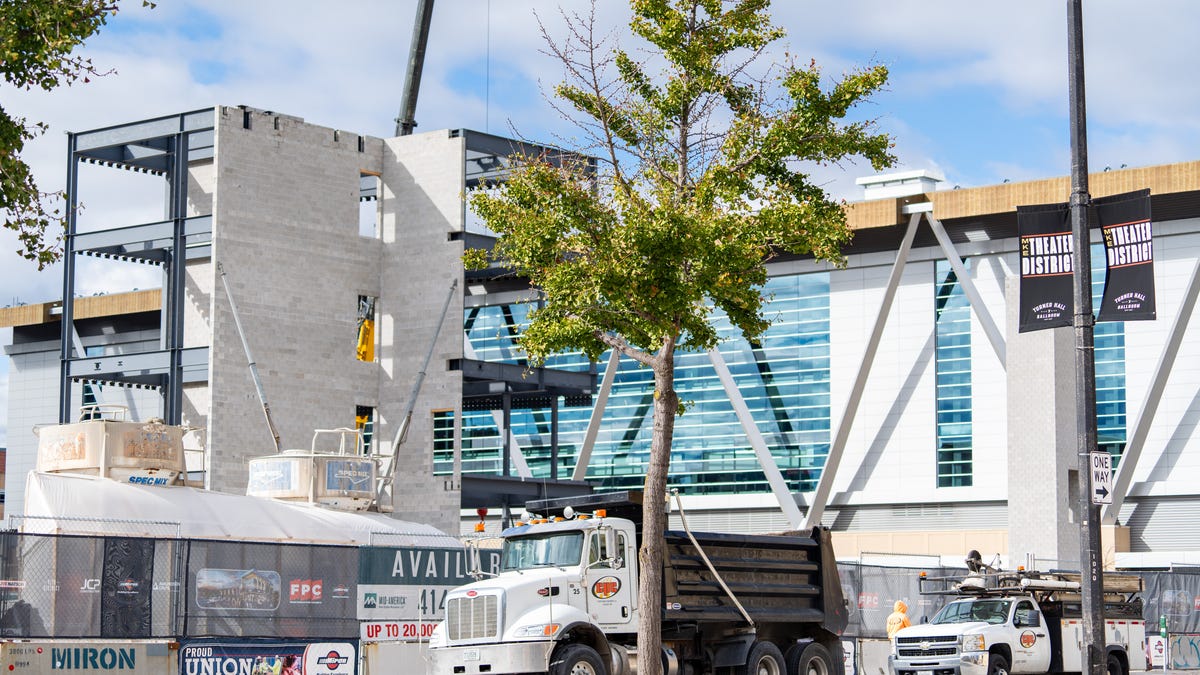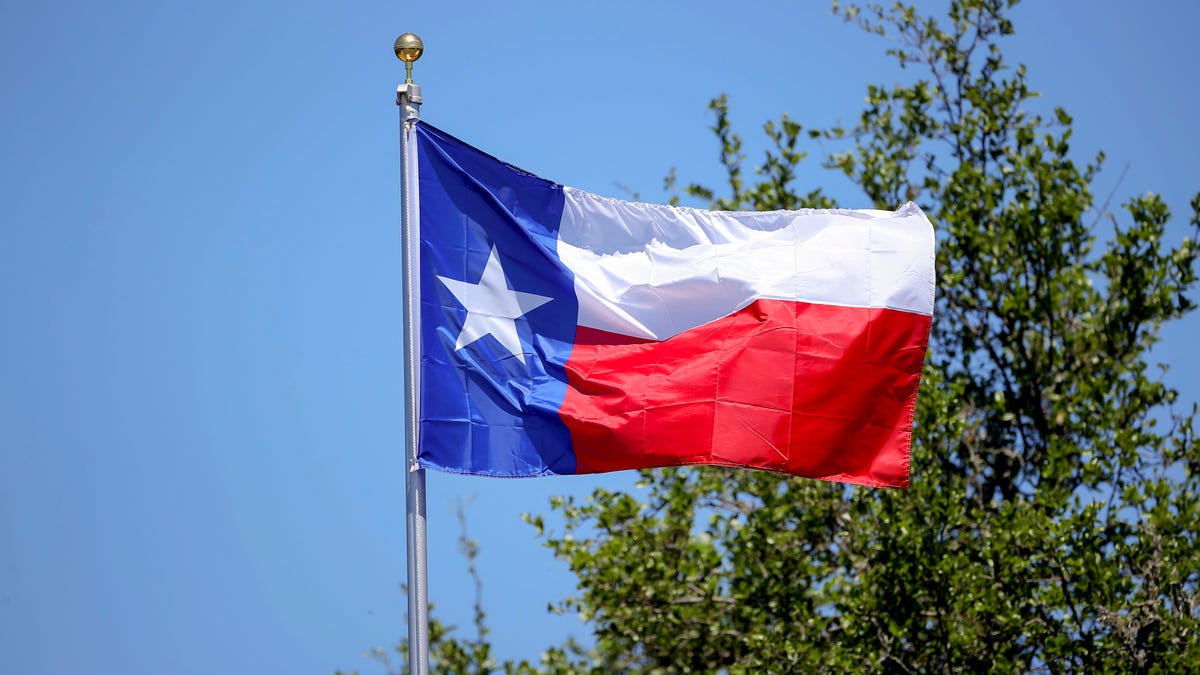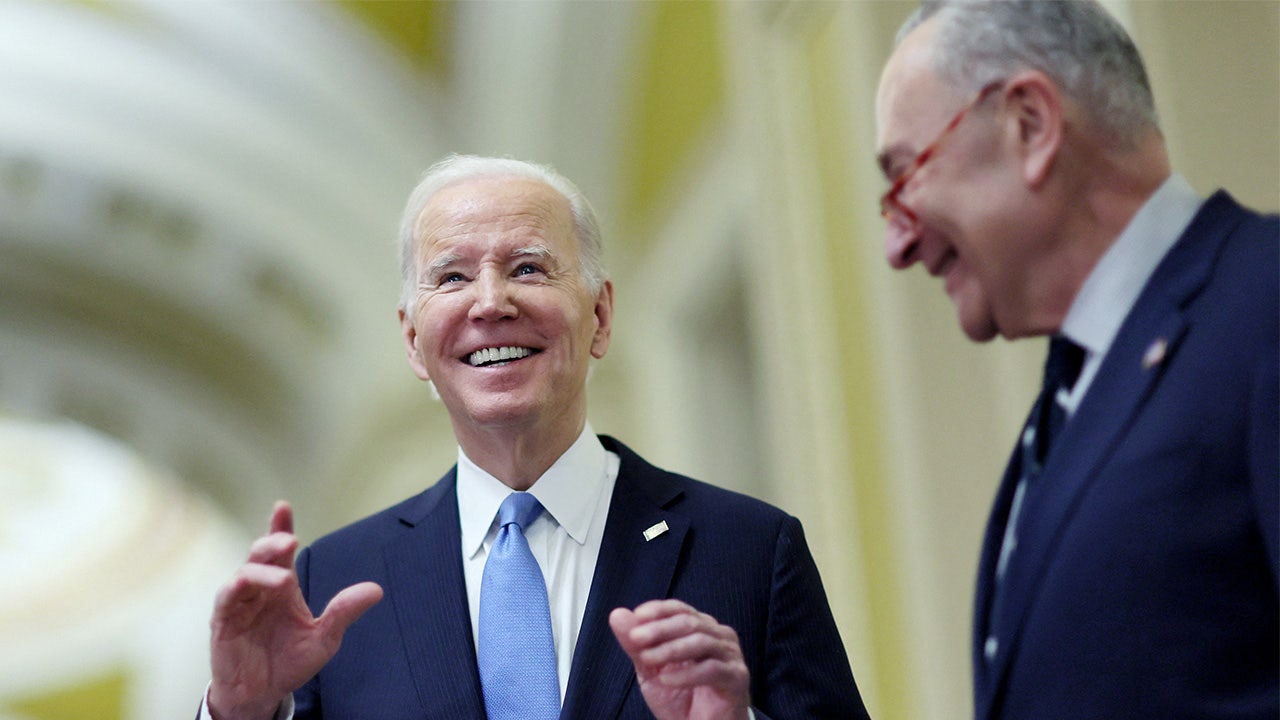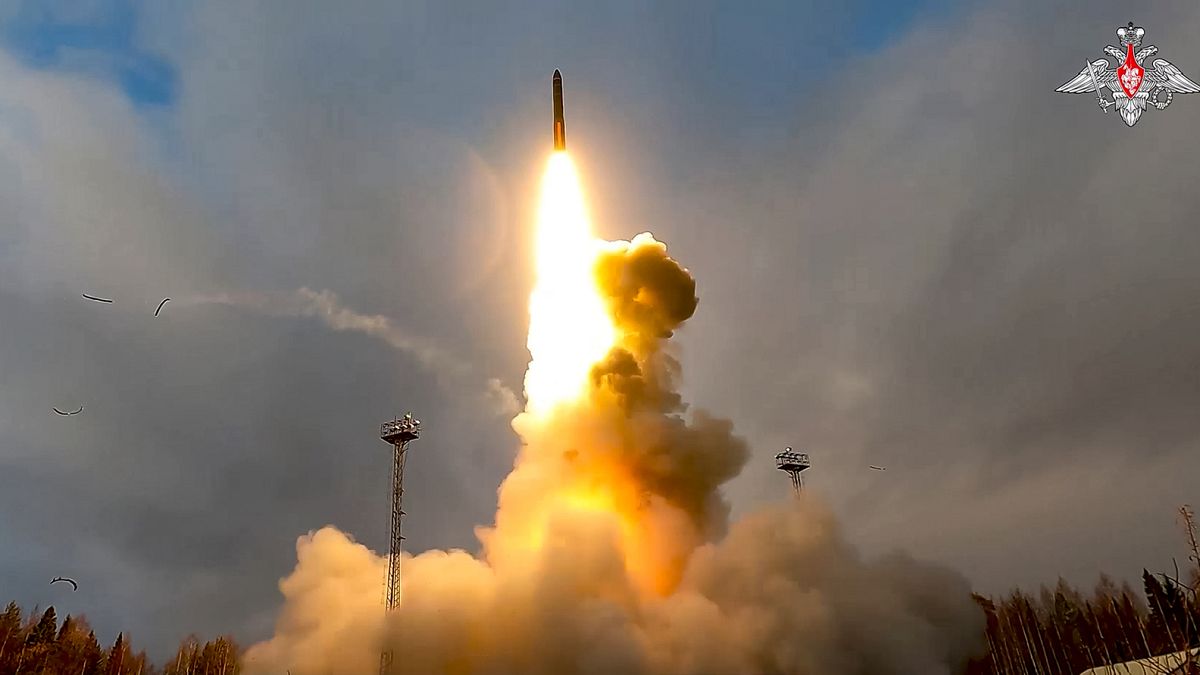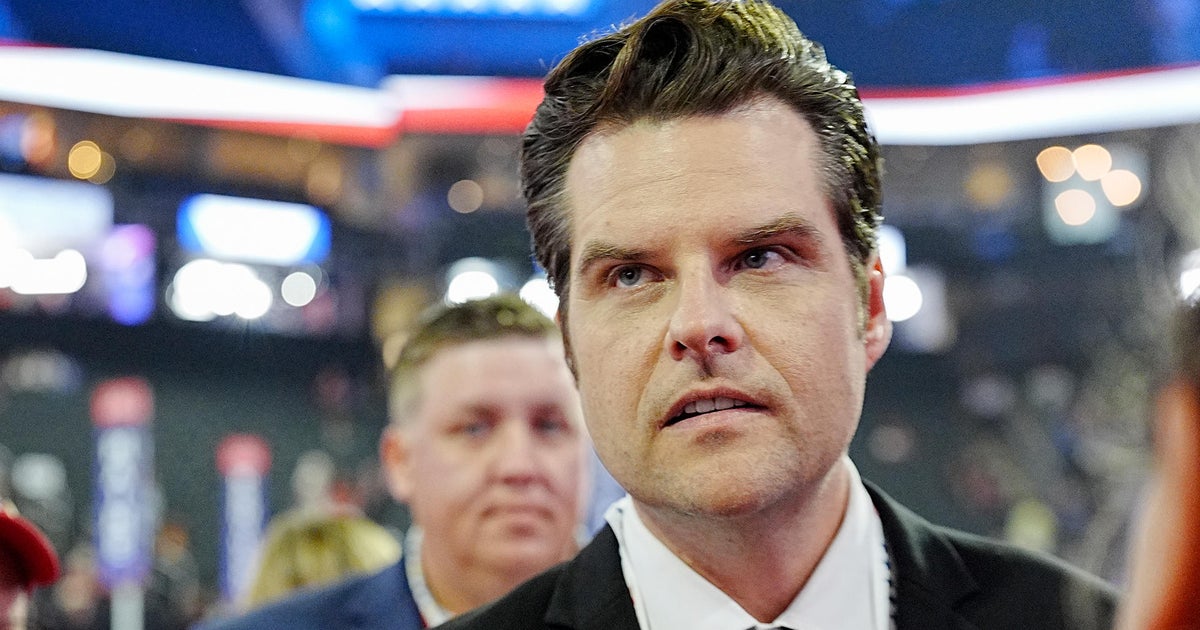Illinois
Illinois Lottery: $400,000 scratch-off ticket sold at Chicago area Jewel-Osco

Mary of Wood Dale, IL shows off her $400,000 winning Gold Standard Instant Ticket.
WOOD DALE, Ill. – A Chicago area woman won $400,000 on a scratch-off ticket this week, Illinois Lottery officials said.
Mary, from Wood Dale, bought a $5 Instant Ticket from the Jewel-Osco grocery store located at 343 W. Irving Park Rd.
“When I scratched the instant ticket and saw $400,000, I was in total shock!” exclaimed Mary. “My husband said my face turned white and my jaw dropped. We truly couldn’t believe it, so we used the Illinois Lottery app to scan the barcode on the ticket and sure enough, we were holding a winning ticket worth $400,000 – we both screamed with joy!
So far this year, Illinois Lottery officials say 47 million winning instant tickets have been sold in the state — netting lottery players over $1 billion.
“My mom, who lived to the age of almost 100, passed away a few years ago. When she was in her nursing home, I would bring her scratch-off lottery tickets and we would play them together. Not only did the excitement motivate her, but the arm movement was good therapy,” Mary reminisced. “I wish I could be sharing my exciting win with her today.”
The Illinois Lottery encourages winners to write their name on the back of their ticket and keep it in a safe place until they claim their prize.

Illinois
Illinois school leaders envision more useful state tests, fewer burdensome mandates by 2030

A new report calls for making state standardized tests more useful for teachers and students and for the state to help school districts pay to repair and renovate school buildings, among other sweeping recommendations.
Officials from several state education associations, including the Illinois Association of School Boards and the Illinois Association of Principals, came together to develop Vision 2030. It tackles four areas: keeping students safe, getting high-quality educators into the classroom, enhancing postsecondary success and improving how the state evaluates schools.
The report offers up specific suggestions the authors hope will help shape policy for years to come.
It builds on its predecessor, Vision 2020, which was the first report of its kind. That laid the groundwork for the state to reform the way it distributes money to schools — from an outdated formula to one of the most equitable in the country, said Kristopher Monn, executive director of the Illinois Association of Business Officials.
Vision 2030 says the state should continue pumping an additional $350 million into the “evidence-based” funding formula, as it has since 2018. The report asserts school districts need that kind of predicability when it comes to funding for building repairs.
“We have not made significant investments, year over year, in establishing equitable statewide funding for capital and safety needs,” Monn said. “Some of the suggestions are increasing access to state maintenance grants and perhaps exploring a statewide sales tax, similar to some county sales taxes.”
The officials also recommend a host of changes to the state’s assessment and school rating system. Currently, students only take one set of tests at the end of the year; ratings, such as exemplary or commendable, are based heavily on the results of those exams. While students take the tests in the spring, schools don’t get the results until the fall.
The delay in getting the scores “really impacts the utility of those results and makes it difficult for us to make any real, quality decisions about improving our schools and the potential outcomes for our kids,” said Jason Leahy, executive director of the Illinois Principals Association.
The report calls for teachers to get the results more quickly, perhaps in real time, even if they are preliminary.
Leahy said the officials would like some flexibility in school ratings, so they are not weighted so heavily on test results and can factor in other features that communities believe are important.
The officials also want to make sure the state standards used to determine if students are proficient in reading and math are in line with national norms. A study found that Illinois’ proficiency standards are some of the highest in the nation. Leahy said that is important to him as a parent.
The education leaders also said state mandates need to be streamlined. The school code has doubled in size since 2000, and many new rules come with associated costs. Leahy said every new mandate takes away from something else the school district is focused on or paying for, so lawmakers need to be careful.
Sarah Karp covers education for WBEZ. Follow her on X @WBEZeducation and @sskedreporter.
Illinois
Illinois vs. Rutgers prediction: Odds, expert picks, QB matchup, betting trends, and stats

Illinois (7-3) jumped out to a 4-0 start with quality wins over Kansas and Nebraska before running into a stout Penn State defense that held the Illini to 34 rushing yards and 219 total yards in the contest. They barely escaped with a 50-49 win over 1-9 Purdue (25%-win expectancy) and beat an offense-averse Michigan team, before getting destroyed by Oregon 38-9 and losing a coin-flip one score game to Minnesota. The Illini have been fairly projectable thus far, losing to every team they faced with a winning record and beating every program who is currently .500 or worse. Their offense is built around a conservative passing attack that sacrifices chunk plays (107th in pass explosiveness) in favor of consistency (34th in pass success rate) and security, with Illinois ranking 2nd in FBS with a 1.0% interception rate. The biggest issue on D is a morose run defense that ranks 130th in rushing success rate and 134th in stuff rate. Fortunately, their secondary has held up well, ranking 27th in yards per successful pass play allowed while restricting opponents to just 5.4 yards per completion (102nd).
The Scarlet Knights (6-4) barnstormed through their early season schedule with notable victories over @Virginia Tech and Washington, opening with a 4-0 record. However, since then Rutgers dropped one-score decisions against @Nebraska and UCLA in addition to getting crushed by USC and Wisconsin to even their record at 4-4. A much-needed Week 10 Bye helped RU recalibrate, as they proceeded to beat Minnesota and @Maryland the last two weeks to achieve bowl eligibility. Offensively RB Kyle Monangai heads up a decent run game that ranks 16th in YAC and 54th in EPA/rush but struggles to hit big plays ranking 103rd in yards per successful rush. Conversely, the Scarlet Knights are allowing a brutal 50.6% rushing success rate (126th in FBS) while ranking 125th in EPA/rush allowed. Despite a porous front line, Rutgers is still fielding the 32nd defense in FBS according to SP+.
NBC Sports has all the latest info and analysis you need, including how to tune in for kickoff, odds from BetMGM, player news and updates, and of course our predictions and best bets for the game from our staff of experts.
Listen to the B1G Talk podcast with Todd Blackledge and Noah Eagle for the most compelling storylines across all of college football, with the biggest teams on the rise and the latest rankings!
Game details and how to watch Illinois at Rutgers
Skip
· Date: Saturday, November 23, 2024
· Time: 12:00 AM EST
· Site: SHI Stadium
· City: Piscataway, NJ
· TV/Streaming: Peacock
Want to check out the other games on the College Football schedule this week? We’ve got you covered right here on NBC Sports with all the matchup, venue, game-time and TV/streaming info so you won’t miss any of the action!
Game odds for Illinois at Rutgers
The latest odds as of Friday morning:
- Moneyline: Illinois (-115), Rutgers (-105)
- Spread: Fighting Illini -1
- Over/Under: 47.5 points
This game opened with Rutgers slightly favored at -1 but has since flipped to Illinois -1 with a couple of books taking the leap to -1.5. The moneyline hasn’t moved appreciably from each team’s initial -110 drop, while the 47.5-point game total has ticked up slightly from an open of 47.
NBC Sports Bet Best Bet
NBC Sports Betting Analyst Eric Froton (@CFFroton) thinks:
“I think Illinois is balanced enough on each side of the ball to exploit Rutgers’ defensive weakness. The Illini rarely turn the ball over and do an excellent job of limiting big plays, so I am backing Illinois on the moneyline to beat the Scarlet Knights on the road.”
Listen to the Bet the Edge podcast as hosts Jay Croucher and Drew Dinsick provide listeners with sharp actionable insight, market analysis and statistical data to help bettors gain more information before placing their wagers.
BetMGM College Football Insights: Odds to make Playoffs
Line movement (Open to Now)
- Indiana +15000 to -500
- Tennessee +180 to -135
- Colorado +2000 to -120
Highest Ticket%
- Tennessee 5.0%
- Iowa 4.8%
- Utah 4.8%
Highest Handle%
- Texas 10.1%
- Indiana 6.4%
- Alabama 5.7%
Biggest Liability
Quarterback matchup for Illinois at Rutgers
- Illinois: QB Luke Altymer spent his first two seasons at Ole Miss until it became clear that Jaxson Dart was HC Lane Kiffin’s preferred choice, transferring to Illinois in 2023 and being named starter for the season opener. Dart has taken a step this year, throwing for 2,132 yards, 7.5 YPA (6.9 last year) and a rock solid 18-to-3 ratio (13-to-10 LY). Altmyer’s 75.1 PFF passing grade ranks 56th out of 92 qualifying signal callers, which is a grade on par with notable P5 QBs like Noah Fifita, Nico Iamaleava and Brendan Sorsby. Illinois’ passing attack ranks 34th in success rate (45.3%) and 28th in yards per completion (6.5) under Altmyer’s guidance, offsetting a lackluster run game that ranks 89th in success rate.
- Rutgers: HC Greg Schiano moved on from woeful 2023 starting QB Gavin Wimsatt in favor of transferring in former Minnesota quarterback Athan Kaliakmanis. The change of scenery did wonders for Kaliakmanis, who has improved his yards per attempt average from 6.2-to-7.0 and lowered his pressure-to-sack rate from 20.5% to 14.2%. To put it in perspective, Kaliakmanis boosted his PFF passing grade from 58.2-to-77.9, which ranks 42nd out of 92 FBS qualifiers. RU can achieve a rare 8-win season if they can knock off @Rutgers and @Northwestern in their final two regular season contests.
Trends & recent stats
- Luke Altmyer (ILL) has thrown for first downs on 44% of his pass attempts on third and 10+ yards to go this season– 3rd-best among FBS Quarterbacks; Miami QB Cam Ward leads the nation with a 47.6% third and 10+ conversion rate.
- Illinois has tackled opponents for a loss on just 37 of 334 rushing attempts (11% TFL%) this season– 11th-worst in FBS; Ole Miss leads the nation with a 26.5% TFL rate.
- RU is tackling opponents for a loss on 13.3% of the rush attempts they’ve faced, 56th out of 67 Power Four teams. They are allowing an average of 7.3 yards and an 85% conversion rate in third-and-short situations.
- Rutgers Skill Players have caught just 168 of 297 passes this season, as their 56.6% catch rate amounting to the third-worst mark among Power Conference Teams. Florida State ranks last with a 51.4% catch rate (148 recs on 288 targets).
College Football talk is taking over Bet the Edge every Thursday throughout the season. BET THE EDGE is your source for all things sports betting. Get all of Vaughn Dalzell, Eric Froton, and Brad Thomas’ insights Thursdays at 6AM ET right here or wherever you get your favorite podcasts.
Please bet responsibly. If you or someone you know has a gambling problem, call the National Gambling Helpline at 1-800-522-4700.
Follow our experts on socials to keep up with all the latest content from the staff:
- Jay Croucher (@croucherJD)
- Drew Dinsick (@whale_capper)
- Vaughn Dalzell (@VmoneySports)
- Brad Thomas (@MrBradThomas)
- Eric Froton (@CFFroton)
Illinois
Illinois museums working to return thousands of Native American remains, items by federal deadline

CHICAGO (WLS) — Across the country, Native American tribes are struggling to reclaim what was stolen from them over centuries: the remains of their ancestors and personal sacred items, now held in museums, universities, and other institutions that are, in many cases, far from home.
Despite federal legislation passed nearly 35 years ago aimed at correcting these past crimes, the ABC 7 I-Team found little progress has been made, and the state of Illinois tops the list of having the highest number of ancestral remains that haven’t been reunited with tribal descendants.
In addition, Illinois institutions including Chicago’s Field Museum and the Illinois State Museum have thousands of sacred items that officials tell the I-Team they are working to identify and return.
ABC7 Chicago is now streaming 24/7. Click here to watch
Under the Native American Graves and Repatriation Act (NAGPRA), which US President George H. W. Bush signed into law in 1990, any institution that receives federal funding must identify any Native American, Native Alaskan, or Native Hawaiian ancestral remains, funerary objects (something placed with individual human remains usually at the time of burial), sacred objects, and objects of cultural patrimony in their possession.
Federally recognized tribes can make a claim that those people and objects belonged to their ancestors, and therefore should be returned to tribal lands for proper reinterment and care through a process called repatriation.
“It is that mechanism that allows Native people to have their ancestors that have been disturbed and not at rest returned to those communities so that they can properly take care of them,” said Logan Pappenfort, the director of tribal relations for Illinois and a citizen of the Peoria Tribe of Indians of Oklahoma.
The ABC7 Data Team examined thousands of federal documents to identify how many ancestors and sacred objects are at institutions across the country. To search all U.S. institutions with collections, click here.
Native American tribal members said this problem is more than a century old, but is finally getting the attention it deserves.
‘It is a moral obligation’
Pappenfort now lives on the land that his ancestors were forcibly removed from two hundred years ago.
“My people were removed in 1818,” he said. “I got back here in 2021.”
Pappenfort is the second director of tribal relations for the state of Illinois. In close collaboration with the Illinois State Museum, he’s working to correct centuries of injustice against Native Americans in the U.S. Pappenfort said repatriations from the Illinois State Museum are a priority, and he understands the process intimately.
It’s extremely hard when you visit an institution and you know that those ancestors are likely returning home… you have to put them back and reassure them that it will be alright
Logan Pappenfort, director of tribal relations for Illinois
Before Pappenfort took this job, he says he was on the other side of negotiations, working for the Peoria Tribe to put his ancestors at rest.
“It is a moral obligation as a native person to do what I can to move that needle and to do right by my ancestors and return them to where they need to be,” Pappenfort said.
Pappenfort acknowledged that the original law wasn’t written with a clear roadmap of how institutions and tribes should complete consultations together.
“It was, in many ways, toothless and in a lot of ways, I think probably the bare minimum that could have been done at the time,” Pappenfort said. “But I also appreciate it because it did give that avenue for tribal nations to at least engage with the conversation.”
The process of repatriation requires multiple consultations with tribes, often over months or even years. Pappenfort said while many of his Peoria Tribe ancestors have been repatriated from the Illinois State Museum collections, others are still in the process of being identified and returned home.
“It’s extremely hard when you visit an institution and you know that those ancestors are likely returning home, they’re returning to where they need to be soon, but at least until you get the logistical paperwork, you have to put them back and reassure them that it will be alright,” Pappenfort said.
Pappenfort recounts, “You’re left with this almost somber feeling as you drive away, that you know you’ve done everything you can, but there’s still so much work to be done.”
A civil rights issue
Nearly 35 years after NAGPRA became law, many institutions nationwide have been slow not only to identify the Native American, Native Alaskan, and Native Hawaiian ancestors and sacred objects in their possession, but also in returning them home.
Nationwide, more than 128,000 Native American ancestors and 4.5 million sacred objects have been identified in collections across museums, universities and government agencies, according to data from the National Parks Service.
Those numbers don’t include more than 90,000 ancestors and 700,000 associated funerary objects that have not yet been identified in collections.
“I’m pretty sure my ancestors from long ago did not bury their relatives thinking this was going to be the outcome,” said Stacy Laravie, a member of the Ponca Tribe of Nebraska and the indigenization director for the National Association of Tribal Historic Preservation Officers (NATHPO), a nonprofit organization devoted to preserving indigenous cultures and identities throughout the United States.
Laravie stressed that NAGPRA and the return of ancestors and sacred items is, above all, a civil rights issue.
“These are not just material things that are sitting somewhere in a museum,” she said. “There’s still that dehumanization, and we have to explain why this is important.”
For the Illinois State Museum, Pappenfort stressed that nothing is off limits.
“I would say that we are completely open to discussing the affiliations with any of the ancestors in our collection,” he said.
According to the National Parks Service data, the Illinois State Museum has the most ancestors and sacred objects of any institution in the state – more than 7,000 ancestors, and 72,000 associated funerary objects and other sacred objects. Nearly 80% of that collection has not yet been identified.
Pappenfort says the numbers are so high, in part, because the museum serves as the repository for human remains in the state, and the land has a “great Native history” predating European expeditions in the 15th and 16th centuries.
“When you look at the archeological sites in Illinois, we have one that is absolutely unlike anything else, and that is Cahokia,” Pappenfort said.
According to the Cahokia Mounds State Historic Park website, Cahokia, which was located just across the Mississippi River from where St. Louis is today, was a metropolis in the 12th and 13th centuries-nearly 20,000 people at its peak and larger than London at the time.
“As a result, there is a large population of Native people, which led to a large amount of archeological excavations at the dawn of American archeology,” Pappenfort said. “This led to many ancestors being unearthed during that time.”
The new regulations do establish more ways to establish that cultural affiliation… There is another provision that allows if absolutely no determinations can be made, there is still an avenue for return
June Carpenter, Field Museum NAGPRA Director
Additionally, Pappenfort said that in the 1990s, institutions were able to say that an ancestor was “culturally unidentifiable” if there was no comprehensive documentation about who they were or where they were from.
However, with new regulations, Pappenfort said things are changing.
“In the 30 years afterwards, we understand that, of course, these people have descendants and these descendants are likely the contemporary tribes that we work with on these sites,” Pappenfort said. “And so one of the big shifts in NAGPRA has been not hiding behind that ‘culturally unidentifiable moniker’ and moving forward and doing that right thing, doing the moral thing and collaboratively working with tribal partners to return these ancestors to where they need to be.”
‘We kind of had a slow start.’
Other institutions acquired their collections through different means.
In 1893, historical records from that time show Native American ancestors and sacred objects were among the exhibits on display at the World’s Columbian Exposition in Chicago.
After the event, those remains were not returned home, but donated or sold to the Chicago Field Museum, museum representatives told the I-Team.
According to the Field Museum, there are approximately 1,700 Native American ancestors in the custody of the institution. Of those, about 1,300 have not yet been affiliated with any tribes or Native Hawaiian organizations. A spokesperson for the museum emphasized that all of these individuals are available for repatriation, but those without affiliation still require consultation first.
June Carpenter, the Field Museum’s NAGPRA Director, is a member of the Osage Nation, and like Pappenfort, worked with her tribe to bring ancestors and sacred objects home before transitioning to her role at the Field Museum.
“I do this work as a way to try to honor and respect and represent my native community and culture,” Carpenter said.
She credits an update to NAGPRA that went into effect in January 2024 with expediting her work.
Under the new regulations, institutions that fall under NAGPRA cannot display Native American, Native Alaskan or Native Hawaiian ancestors or sacred items without permission of descendants, tribes or Native Hawaiian organizations. Institutions also now have 90-day deadlines to respond to repatriation requests.
“The new regulations do establish more ways to establish that cultural affiliation,” Carpenter said. “There is another provision that allows if absolutely no determinations can be made, there is still an avenue for return.”
Carpenter also said that many tribes are now working together to push for joint repatriation requests.
In compliance with those new requirements, many exhibits in the Field Museum’s Ancient Americas Hall, which encompasses the history of central and North America, including the Northwest Coast and Arctic, are now covered with murals, black boards, and butcher paper.
In some exhibits, entire sections have been removed as Carpenter said she and her staff are working with Native communities to consult about the sacred objects that were on display only a year ago.
“We may have covered more than we needed, but we need to engage in consultation with the potentially affiliated tribes before we can display those items,” Carpenter said.
In 2022, the Field Museum also opened its Native Voices exhibit, which was curated in partnership with Indigenous communities to allow them to tell the stories of their own objects and cultures.
“We can help to facilitate those stories, but they’re their stories,” Carpenter said. “They need to be the ones who are telling them.”
Carpenter hopes that someday she will “work herself out of a job.” She says every time tribal members come into the Field Museum to visit with their ancestors and sacred objects, she feels a sense of accomplishment.
“I think seeing your items in the museum collections, it’s difficult. It’s really difficult,” Carpenter said. “But at the same time, you know, it can be fulfilling in a way to be reconnected with those items.”
I see things moving and progressing just from where I know that we were, and I really feel hopeful that things are just going to keep getting better and better.
Stacy Laravie, NATHPO indigenization director
Laravie hopes that this work will help non-Native people understand that her ancestors and items sacred to her community are more than a museum exhibit.
“When people visit museums or hear our stories, they need to keep in mind where those histories come from,” Laravie said. “These came from real human beings, and some of these-the majority of these-items did not come to that museum in a good way. They came from a people that are very much alive and well. They are somebody’s grandmother, somebody’s grandfather.”
Laravie added that with the new regulations, she has hopes that institutions will take the requirements of NAGPRA more seriously.
“I see things moving and progressing just from where I know that we were, and I really feel hopeful that things are just going to keep getting better and better,” Laravie said.
Pappenfort at the Illinois State Museum hopes that this difficult work will make things better for the next generation of Native voices.
“We are righting wrongs that have been here for hundreds of years at this point,” Pappenfort said. “It’s not something that’s super easy to put into words, but it’s something that both grounds me and gives me strength.”
At home, Pappenfort has a three-year-old, growing up on the land that his ancestors once inhabited.
“I think about how powerful that is, and the fact that I get to raise my daughter, a Peoria [Tribe] citizen, in her homeland, and that’s something my people haven’t had for centuries.”
Copyright © 2024 WLS-TV. All Rights Reserved.
-
Business1 week ago
Column: OpenAI just scored a huge victory in a copyright case … or did it?
-

 Health1 week ago
Health1 week agoBird flu leaves teen in critical condition after country's first reported case
-

 Business6 days ago
Business6 days agoColumn: Molly White's message for journalists going freelance — be ready for the pitfalls
-
World1 week ago
Sarah Palin, NY Times Have Explored Settlement, as Judge Sets Defamation Retrial
-

 Science3 days ago
Science3 days agoTrump nominates Dr. Oz to head Medicare and Medicaid and help take on 'illness industrial complex'
-

 Politics5 days ago
Politics5 days agoTrump taps FCC member Brendan Carr to lead agency: 'Warrior for Free Speech'
-
/cdn.vox-cdn.com/uploads/chorus_asset/file/25739950/247386_Elon_Musk_Open_AI_CVirginia.jpg)
/cdn.vox-cdn.com/uploads/chorus_asset/file/25739950/247386_Elon_Musk_Open_AI_CVirginia.jpg) Technology4 days ago
Technology4 days agoInside Elon Musk’s messy breakup with OpenAI
-

 Lifestyle5 days ago
Lifestyle5 days agoSome in the U.S. farm industry are alarmed by Trump's embrace of RFK Jr. and tariffs
